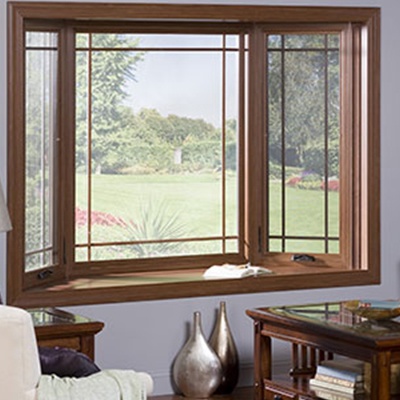Condensation is a sure sign that your home windows have to be replaced.
Windows are a crucial obstacle between the harsh, variable weather conditions outside as well as our calmness, constant home temperature levels. Home replacement windows quite often have a fifteen to twenty-year life expectancy, so fortunately we don't need to consider replacing them too often. Yet understanding when it's time to replace them can be challenging. You could be tempted to try and hold out for another season if you notice the warning signs. But changing your home windows now can aid you extend the life of your whole residence as well as keep you and also your household warm all winter months long. Right here are a few indications that your windows are not all set for the severe winter months this year.
Drafty House
As windows age, they start shrinking, breaking, and not closing properly, enabling air from inside your the home of spurt. As a result of this, your COOLING AND HEATING system has a hard time to maintain your home at a consistent temperature as well as sends your power bills escalating. If your residence is significantly extra drafty or your electric costs seem to be increasing this succumb to no apparent reason, you might intend to have your windows looked into.
Challenging to Lock
We delight in having our home windows open when the weather is nice, however they should not be open all of the time. During the wintertime when we're away, your windows ought to be shut in location and also secured. Windows with malfunctioning locks is a significant security risk that need to be remedied as soon as possible to keep your household risk-free. Usually the lock can be repaired inexpensively, but if the window is having trouble staying open or shut or is leaking air, it may be best to simply install a new one.
Condensation Forming
The most significant indication that you need new windows is when condensation starts to base on the within your home window when it is closed as well as secured. This is a sign of a likely irreversible defect as well as ought to be dealt with as soon as possible to prevent the potential development of mold and mildew in the framework, which could spread to other locations of your residence as well as trigger significant damage when left unattended.
Have you practically had it with your old, breezy windows?
Is this the year you've decided to ultimately change your home windows? Replacing your home windows with brand-new ones includes lots of benefits, including a power efficiency increase, much better ventilation, as well as better quality of light in your house. The National Fenestration Rating Council licenses as well as identifies windows (along with doors and skylights) on their efficiency as well as power effectiveness. When you're looking for brand-new windows you'll see these rankings on the NFRC label. In this week's blog site, we'll discuss how you can read this label making sure you're making an educated decision on your brand-new windows.
Warmth Gain and Loss
The initial 3 buildings on the label concern exactly how the home window performs when it come to heat gain as well as loss. Windows gain as well as lose heat get more info in three methods:
Straight conduction through the glass.
Radiation of warmth from the sun into the house, as well as away from the house from objects in your home.
Air leakage via and also around the home window.
U-factor
This is "The rate at which a window, door, or skylight carries out non-solar warmth flow." The takeaway here is "The lower the U-factor, the extra energy-efficient the home window, door, or skylight."

Solar Warmth Gain Coefficient
The SHGC informs us how much radiation is confessed via the home window and also launched as warmth in the residence. The lower the number, the less heat is transmitted. However, this doesn't always suggest you want a low SHGC. For instance, due to the fact that a higher SGHC means the window permits extra heat in, you could allow much more solar warmth inside in the wintertime, which might decrease your heating needs. In this instance, the environment you live in will play a significant factor in choosing an SHGC ranking.
Air Leak
This measures how much air the home window lets in relative to a details stress difference throughout it. The lower the rating, the much less air leakage.
Sunshine Passage
The next 2 scores gauge what does it cost? light a window allows into your home.
Noticeable Transmittance (VT).
This number in between 0 and 1 actions what fraction of the range of visible light the window lets through. The higher the portion, the a lot more light the window will certainly allow. If you wish to employ daylighting in your house, you'll want a higher portion. If you wish to reduce interior glow, you might desire a lower portion.
Light-to-Solar Gain.
This number is the proportion between the SHGC and also the VT. "The higher the number, the a lot more light transmitted without including excessive amounts of warmth.".